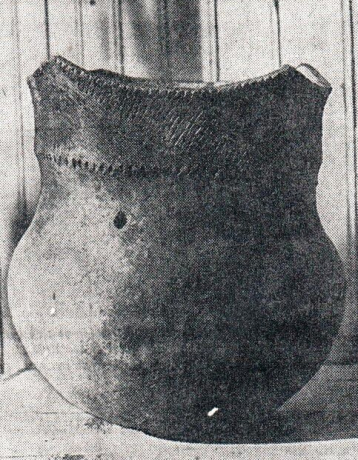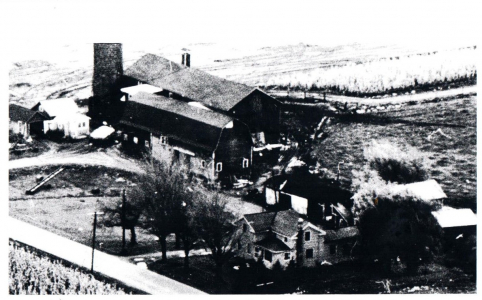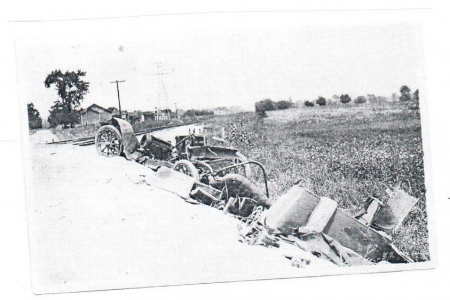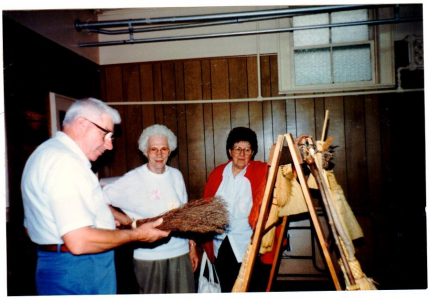Turtle PotPosted on September 24, 2021 |
Image

|
HISTORY MYSTERY: Turtle Pot
The 1960’s in Clay was a time of great building, expansion and improvements in the Town. In September 1960, children were watching Earl Wallace dig the foundation for his new house at Oak Orchard off Oneida River with a bull dozer. He scooped into a column of sand where the pot had lived for 420 years and as the column fell away, they saw a round object roll down the side of the excavation. They squealed, “Look mister, there’s a big turtle”. It was a 420 year-old clay pot that still had grease in the bottom and it was in perfect condition. Experts confirmed its authenticity.
This find peeled back the years of Indian history to when Hiawatha and Daganoweda were forming the League of Iroquois in Onondaga County. Past research and articles place the area for much of this native reorganization at Three Rivers. Dr. Anton Sohrweide, past president of the Central New York Archaeological Society, termed it “one of the most important archaeological finds of the Central New York area.” Other ancient pieces have been found near the excavation site. Sohrweide explained the location was an Indian fishing area where the natives gathered and dried fish.
He termed the pot, measuring nearly 12 inches from rim to bottom, one of the largest ever found in this historical period. It is made of native clay tempered with ground granite – a procedure common among all Iroquois people. The excellent condition of the piece, Sohrweide said, “is attributed to a basket of tree root filaments formed through the centuries.” The constricted neck of the pot was said to be typical of the period of time known to experts as Proto-historic, a time just before the earliest contacts with Europeans.
Experts believed the pot was buried by an early Central New York native for safekeeping. It was placed two feet down in a deposit of pure sand 20 feet deep where it was sheltered from frost and rain. Few pottery pieces have been found intact because the graves of these early people, before the white man came, were without so-called “grave goods.” It was not until the contacts with explorers from Europe that Indians learned of what they called “The Happy Hunting Ground.”
Thereafter, also, Indians found that the white man’s metal pots were superior to their own clay goods and the art of ceramics slowly died. Sohrweide said that only one other pot of this size and condition was in any collection.
According to a 1960’s article in the Herald Journal, this pot was to be placed in the collection of the
Cayuga County Museum of History and Art in Auburn. It seems that it should have been placed in the Onondaga County Historical Museum since it was found in Oak Orchard which is in Clay.
Dorothy Heller, Historian
9-24-21
Other
History Mysteries

New Life on the Sotherden Farm
History Mystery | Jun 26, 2021
HISTORY MYSTERY: New Life on the Sotherden Farm

Jerome Fire Equipment Company
History Mystery | Jul 29, 2021
HISTORY MYSTERY: Jerome Fire Equipment Company


